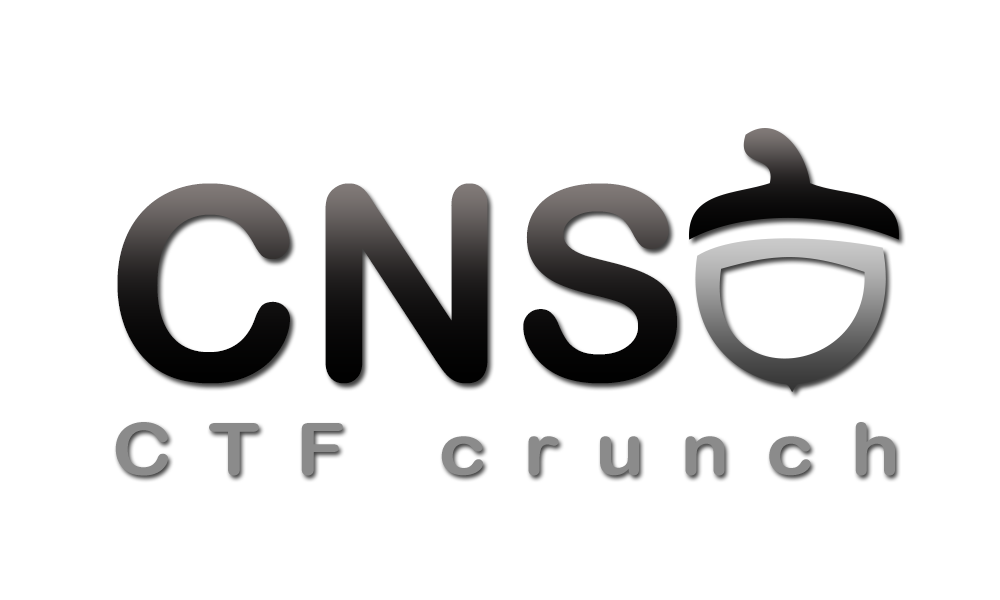Differences
This shows you the differences between two versions of the page.
|
cns:resources:vm [2017/10/31 14:52] adrian.sendroiu [QEMU ARM Virtual Machine] |
cns:resources:vm [2023/03/04 10:02] (current) razvan.deaconescu [Kali Virtual Machine] |
||
|---|---|---|---|
| Line 1: | Line 1: | ||
| - | ====== Kali Virtual Machine ====== | + | ======= Virtual Machines ======= |
| + | |||
| + | ===== Kali Virtual Machine ===== | ||
| Kali Linux is a Debian-based distribution the comes with a handful of helpful security tools used for Penetration Testing, Forensics and/or Reverse Engineering. | Kali Linux is a Debian-based distribution the comes with a handful of helpful security tools used for Penetration Testing, Forensics and/or Reverse Engineering. | ||
| - | The VM can be downloaded in OVA format from [[https://repository.grid.pub.ro/cs/cns/vm/|here]]. You need to authenticate using the [[http://cs.curs.pub.ro/2016/|cs.curs.pub.ro]] credentials. | + | The VM can be downloaded in OVA format from [[https://repository.grid.pub.ro/cs/cns/vm/|here]]. You need to authenticate using the [[https://my.upb.ro|UPB]] credentials. |
| + | |||
| + | ==== Login ==== | ||
| The credentials used to login on the Kali Linux virtual machine are: | The credentials used to login on the Kali Linux virtual machine are: | ||
| + | |||
| * username: ''root'' | * username: ''root'' | ||
| * password: ''toor'' | * password: ''toor'' | ||
| - | ====== QEMU ARM Virtual Machine ====== | + | ==== Specifications ==== |
| + | |||
| + | * 64-bit OS | ||
| + | * 2 GB RAM | ||
| + | * 30 GB HDD space | ||
| + | |||
| + | ==== Headless VM ==== | ||
| + | |||
| + | If your physical machine is low on resources (or you simply don't want to live inside the Kali VM, e.g. login in its browser), one thing that might help is running the VM in the background with no graphical interface and simply connect to it via SSH from a host terminal. | ||
| + | |||
| + | The ssh deamon is already active inside the VM and a port forwarding rule has been implemented on port 2222: | ||
| + | |||
| + | <code> | ||
| + | $ ssh -p 2222 root@localhost | ||
| + | </code> | ||
| + | |||
| + | To get rid of the graphical interface, configure the machine to boot in runlevel 3, by making the following change in ''/etc/default/grub'': | ||
| + | |||
| + | <code> | ||
| + | # GRUB_CMDLINE_LINUX_DEFAULT="quiet" | ||
| + | GRUB_CMDLINE_LINUX_DEFAULT="quiet 3" | ||
| + | </code> | ||
| + | |||
| + | Then run: | ||
| + | |||
| + | <code> | ||
| + | # update-grub | ||
| + | </code> | ||
| + | |||
| + | Finally, reboot the machine (or run ''telinit 3'' to switch to runlevel 3). | ||
| + | |||
| + | === Virtual Box Instruction === | ||
| + | |||
| + | To start the machine headless (i.e. no graphical window showing the VM) in Virtual Box, you can either use the "Start" options from the virtualbox graphical application, or: | ||
| + | |||
| + | <code> | ||
| + | $ VBoxManage startvm <vm-name> --type headless | ||
| + | </code> | ||
| + | |||
| + | Where ''<vm-name>'' is the actual name of the VM which you can determine by running: | ||
| + | |||
| + | <code> | ||
| + | $ VBoxManage list vms | ||
| + | </code> | ||
| + | ===== Debian ARM Virtual Machine ===== | ||
| This is a Debian ARM virtual machine which can be run using QEMU. You can use this machine to run and debug ARM binaries. | This is a Debian ARM virtual machine which can be run using QEMU. You can use this machine to run and debug ARM binaries. | ||
| Line 18: | Line 67: | ||
| * username: ''root'' | * username: ''root'' | ||
| * password: ''123456'' | * password: ''123456'' | ||
| + | |||
| + | After the machine is running you can also access it via SSH: | ||
| + | <code text> | ||
| + | ssh -p 2222 root@localhost | ||
| + | </code> | ||
| + | |||
| + | You can also copy files to the virtual machine using scp: | ||
| + | <code text> | ||
| + | scp -P 2222 file root@localhost: | ||
| + | </code> | ||


